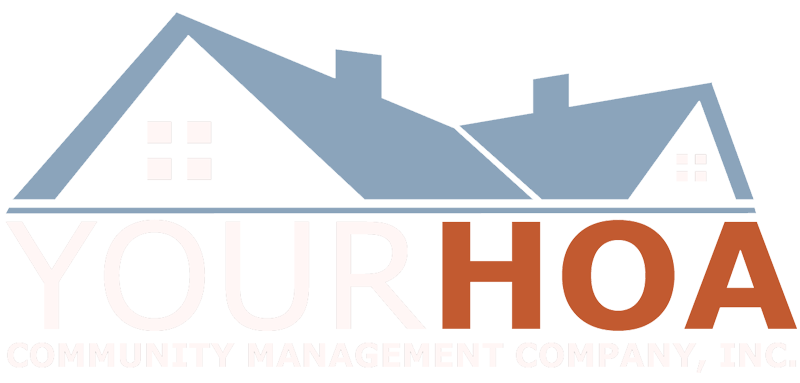An HOA’s collection policy is its internal protocol for determining how the association will handle unpaid assessments. By necessity, an HOA’s collection policy must be derived from the legal and contractual authorities governing collection by the HOA. Below is a general timeline of the process and what to expect along the way.
Step 1: Late Notice is Sent to the Homeowner after they Become Delinquent
When this happens, our team will send a reminder to the homeowner that their assessment is past due and in most cases will add a "late fee" based on the association's approved Delinquency Policy Resolution or "DPR".
Timeline: (30 days)
Step 2: Homeowner is Still Delinquent
Once the homeowner has failed to pay their dues assessment (and possible late fees) they will be sent a Final Notice Letter or "FNL". This letter is more serious than the Late Notice and threatens legal action if no payment has been received by a certain date.
Timeline: (30 days)
Step 3: Attorney Action
Once the homeowner has failed to pay their assessments (or setup a payment arrangement), with the board's approval, we will send the homeowner over to the association's attorney for collection.
Timeline: Initial Attorney Letter (30 days) Filing Suit (30 Days) Default Judgement (30 Days) Court Hearing (if needed) 30-90 days Entire Process if there is No Homeowner Compliance = 6 Months (or more)
Other Collection Considerations:
Community Budget: This is the most important. Most communities do not have the funds to send all delinquent accounts to collection. There are upfront costs associated with the law suits and the costs can add up quickly.
Homeowner Compliance: When a homeowner responds, the process is a quick one. When they fight it, it can take up to a year (or more) to remedy the situation. Working with the homeowner directly to setup a payment plan is always the best course of action (and the most cost effective).
Management Company: The management company can only act on the direction of the board and follow the state laws, attorney recommendations and the CC&Rs for the community. Remember... We cannot force a homeowner to pay their dues. Once their account is handed over to the association's attorney, the management company is no longer able to assist the homeowner with the collection process. They need to contact the attorney directly.
Attorney Workload: The above timeline is based on a normal workload for the attorney. The attorney can often be backed up during busy collection months which can cause further delays in processing covenant violation turnovers.
Board Participation: Active board participation is key to effective enforcement. Quick responses to collection approvals, and willingness to accommodate the homeowner will make the entire process much easier (and cheaper) for all involved.
Partnership: In the end, a working, transparent and cohesive partnership between the board and the management company is what is needed to be successful.
The ending goal is to make sure that the assessments are collected and the budget is funded. This builds a thriving and welcoming community.
